- SUMMARY
- Make-up
Make-up for atopic skin
- What make-up to use for your skin type
- How do you apply make-up to dry skin?
- Make-up for sensitive skin
- Make-up for vitiligo and white patches
- Make-up for acne-prone skin
- Make-up for skin weakened by cancer treatments
- Make-up for atopic skin
- How do you apply make-up to oily skin?
- How do you apply make-up to dehydrated skin?
Make-up for atopic skin
Having atopic skin (as in the case of eczema) means that when the skin barrier is damaged, your skin is more sensitive to allergens and irritants found in cosmetics and other products. Do you have to give up make-up? Fortunately not. Some products are even specially designed for your skin and will help you regain your self-confidence.
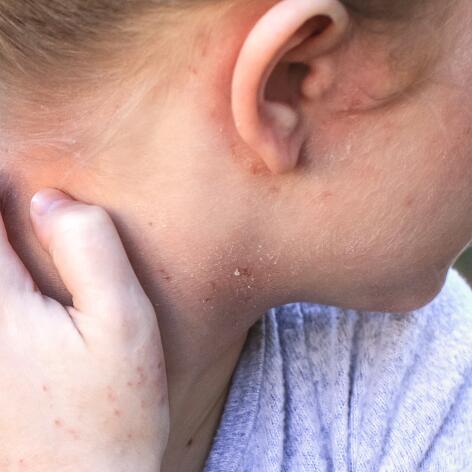
Atopic skin: medical make-up
People with eczema have hypersensitive and reactive skin with redness, itching and mild flaking. Make-up can then generate very strong reactions. You should therefore look for specially formulated products. Medical make-up is for you. Fragrance-free and preservative-free, it uses the fewest possible ingredients and offers high tolerance. Whether you are a woman or a man, this type of make-up is suitable for both the face and the body. Objective: to improve your self-image, your relationship with others and the psychological impact.
I'm careful about what I put on my skin because if it's not a good product, my skin reacts quickly and I get eczema all over my face.
Claire, 25 years old
Atopic skin: the make-up base
Applying a make-up base is the most important step in prepping your skin for your make-up. Why? A moisturising base adapted to atopic skin will soften the skin and smooth out flakes. Your make-up will apply more easily and last longer. Turn to emollients for hypersensitive skin. Thus, Avène’s Tolerance CONTROL Cream will moisturise the skin while respecting the its microbiome. It acts to immediately comfort of sensitive, dry to very dry facial skin.
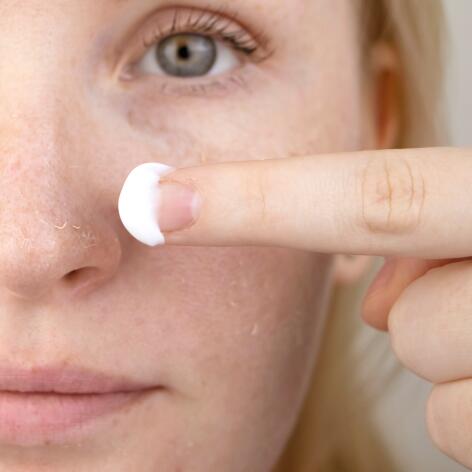
How to make up your complexion?
If you have atopic skin, start by evening out your complexion to reduce the redness on your face.
Even out your complexion
To do this, choose a liquid foundation, which contains less pigment than a compact foundation. Start by patting the foundation onto the face and neck, focusing on redness, and then smoothing from the centre to the edges of the face, without forgetting the neck. Tip: use a sponge to avoid disturbing the flakes.
Enhance your face
To set your face make-up, choose a lightweight powder such as the Brightening Mosaic Powder, and apply it to your face and neck with a brush. If you have a flare-up of eczema, avoid powder to avoid drying out your skin.
FRIENDLY (AND EXPERT) ADVICE
Atopic skin: don't forget your eyes
As complexion make-up must remain light so as not to increase the dryness of the face, it’s important to highlight other areas of the face—starting with the eyes. But be careful.
- Eyeshadow should be avoided as it contains a lot of coloured pigments.
- Pencils can be used under certain conditions. They should be specially designed for sensitive eyes, developed to minimise the risk of allergic reactions. Finally, avoid bright colours such as blues, greens and purples.
- Mascara is great for opening up the eyes, but it is the make-up product that contains the most preservatives. It is therefore essential to select a VERY high tolerance mascara.
The right way to apply make-up to the lips
In the case of an inflamed face, the colour of the lips often goes unnoticed. Applying make-up will restore balance to your face. Putting make-up on the lips therefore helps to "rebalance” your features. If your lips are dry, start by moisturising them with a repairing stick or balm. Choose a fragrance-free, preservative-free, coloured lip balm for sensitive skin rather than a lipstick, which is less moisturising, and avoid "long-wearing” formulas which dry out the lips.
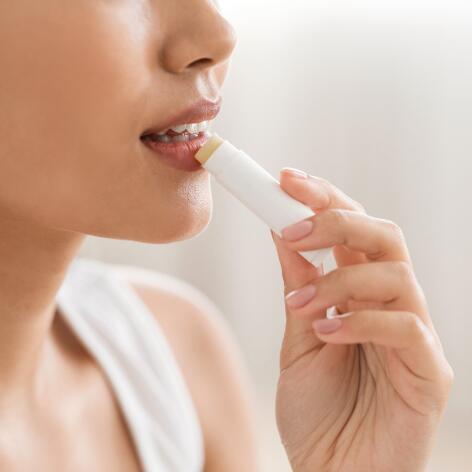
Atopic skin: essential make-up removal
Of course, there’s no make-up without make-up removal. On atopic skin, go gently. Choose a fragrance-free, preservative-free, make-up remover for hypersensitive skin, which you can apply with your clean fingers rather than a cotton pad, which can be irritating. Gently wipe off any residue and finish with a spray of Thermal Spring Water to finish cleansing and soothe your skin.
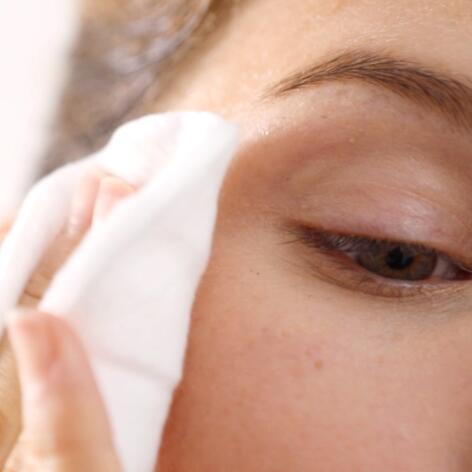
OUR SOLUTIONS TO make up atopic skin
Care products designed to make up atopic skin
- Avène Thermal Spring Water Spray
Thermal Spring Water
Avène Thermal Spring Water SpraySoothes - Restores the skin barrier - Calms
NEWSLETTER
We're always here for your skin!
All our tips for taking care of your skin day to day.
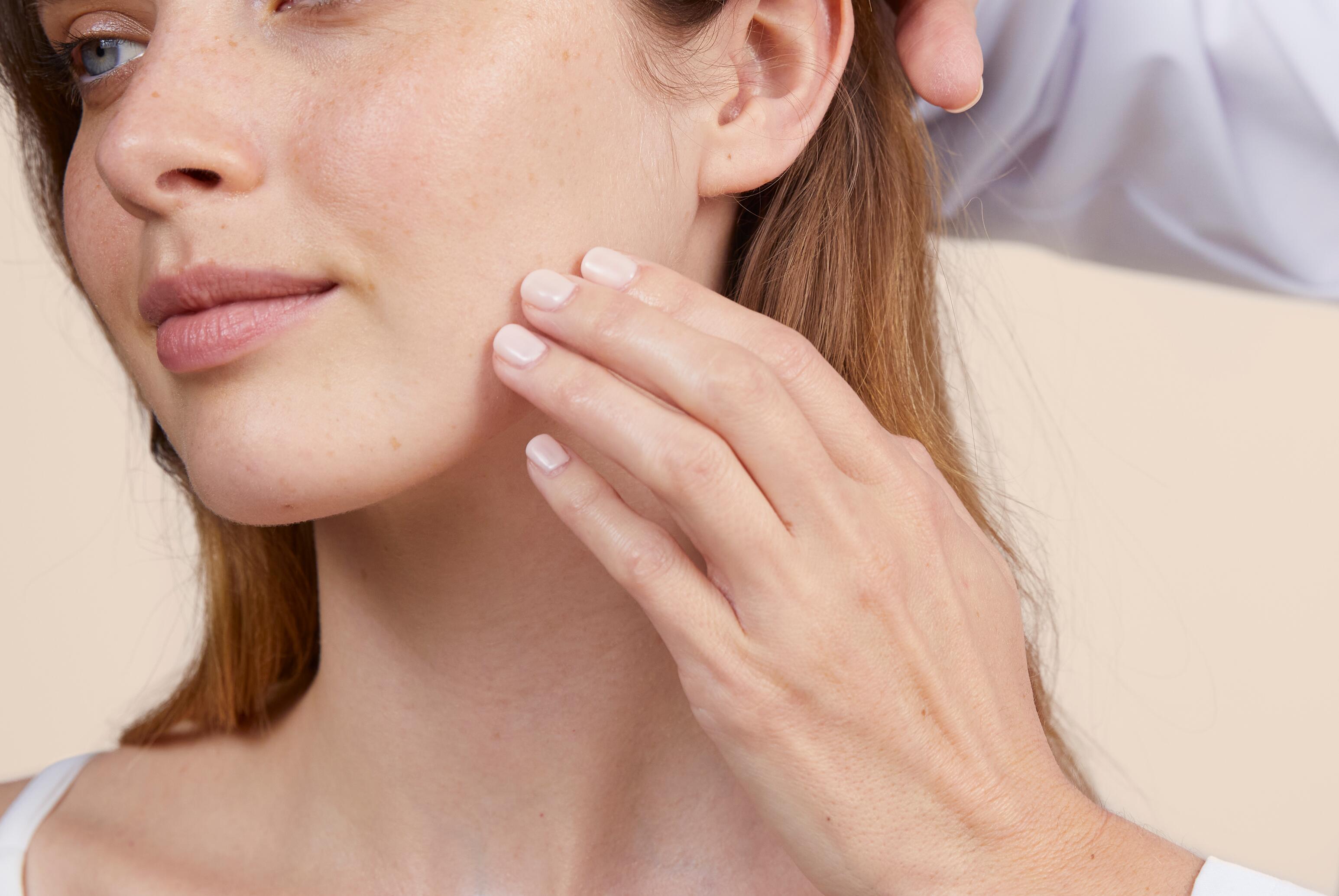
Which skin care routine should you adopt?
Identify what it really needs with the help of our experts and discover the most suitable skin care routine for you.

